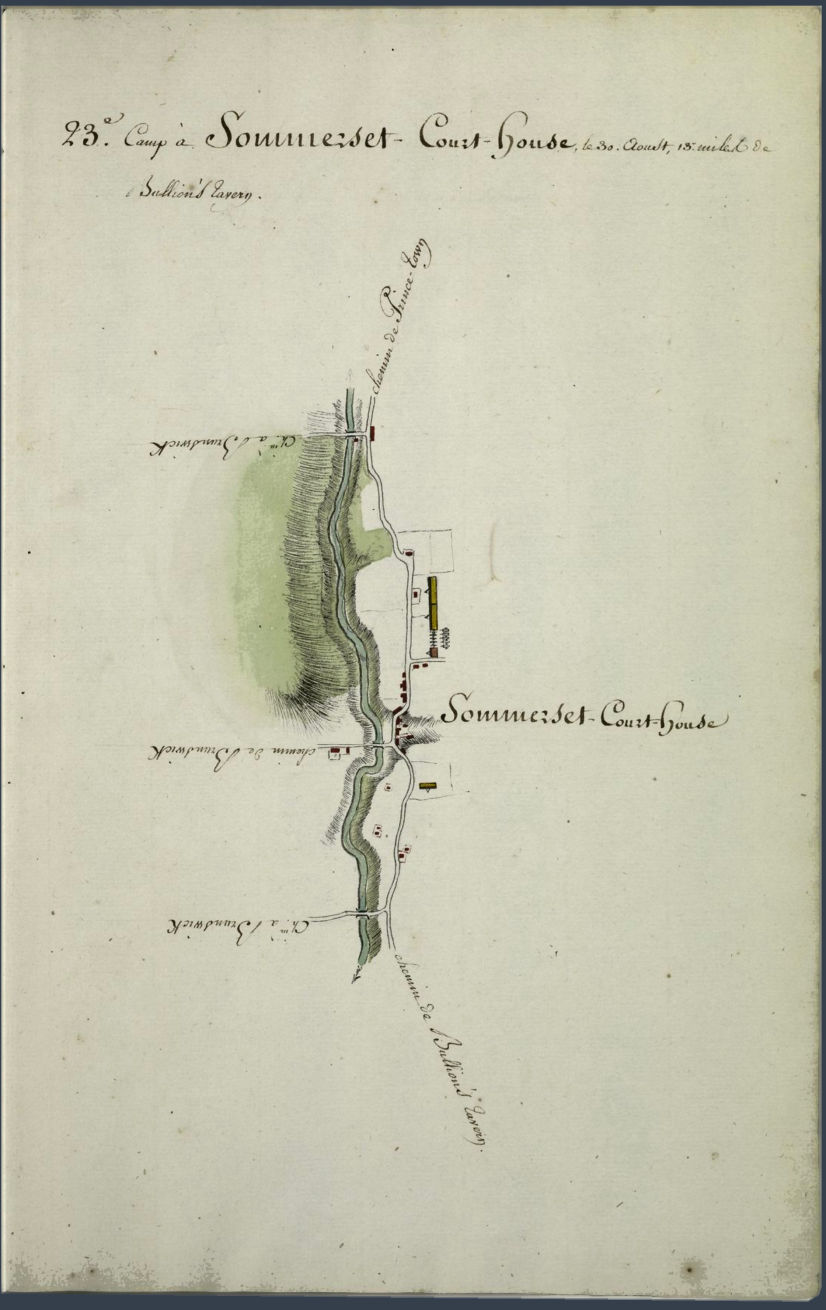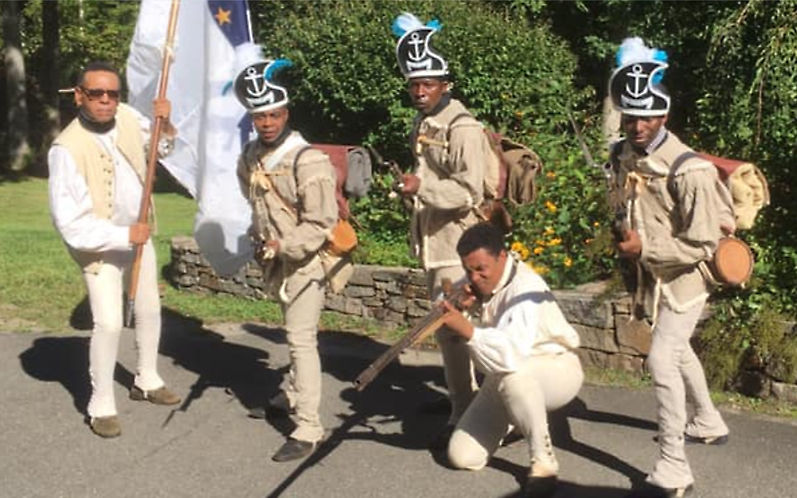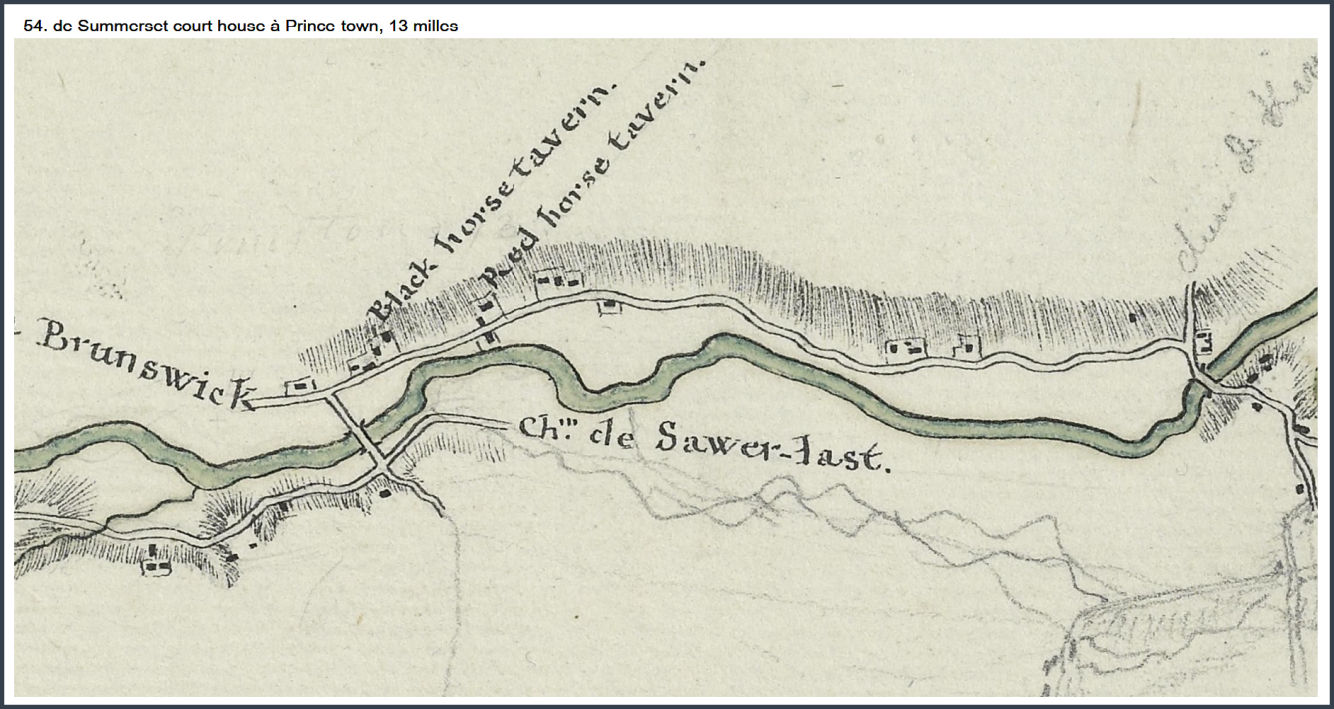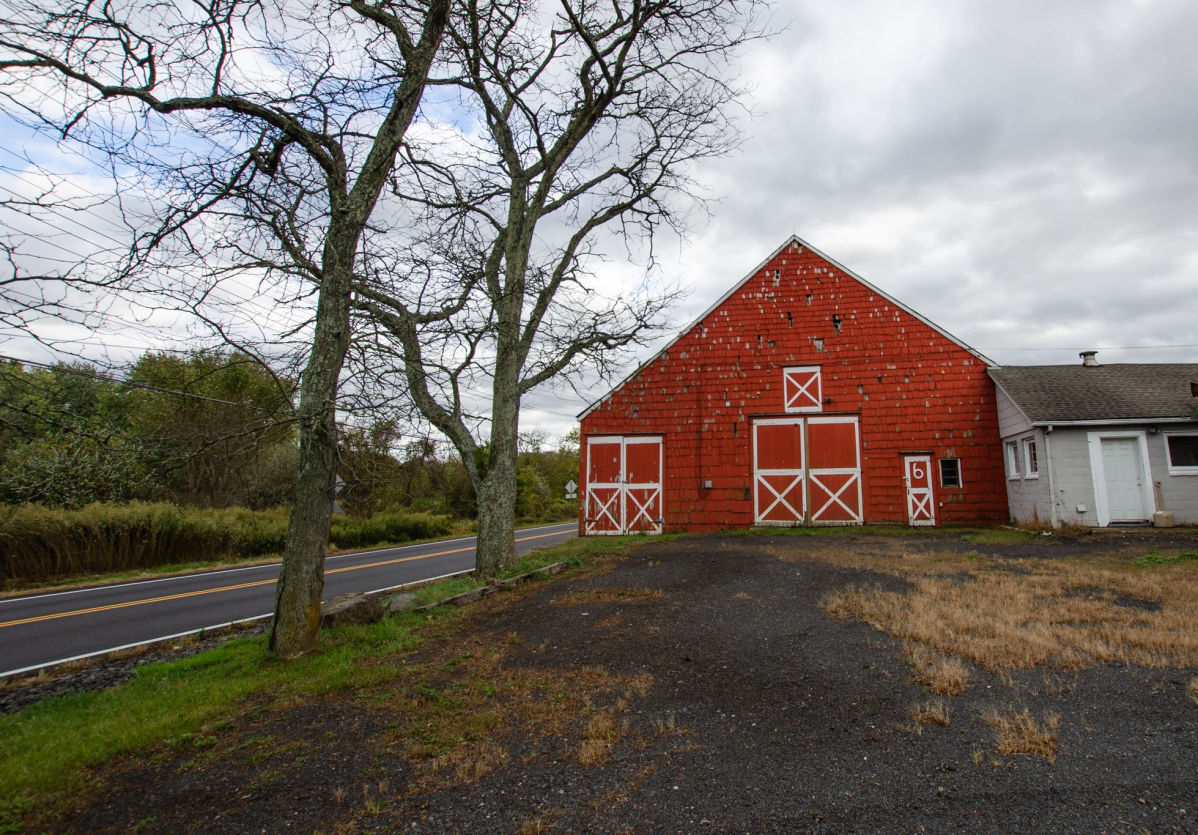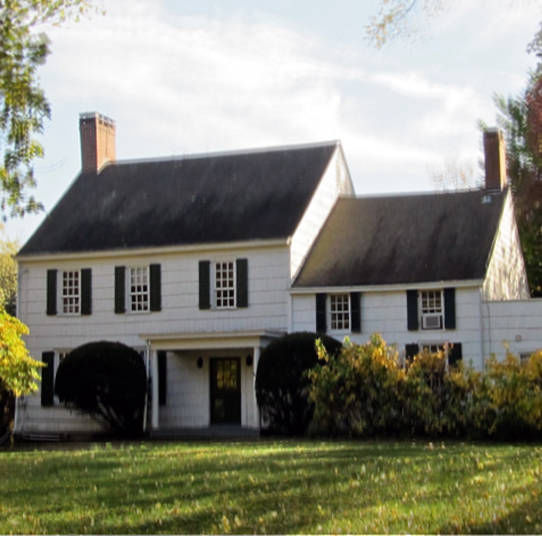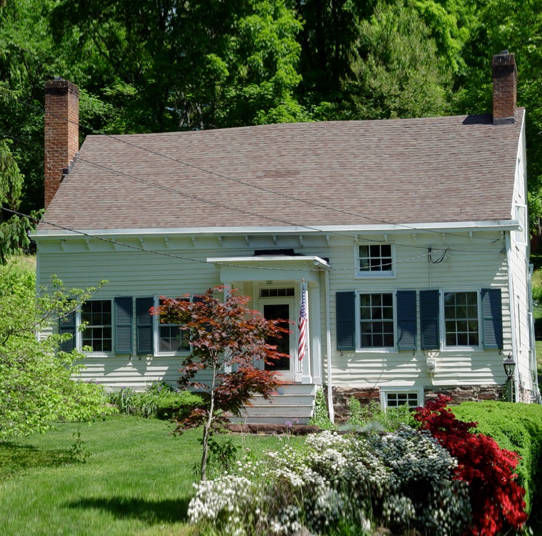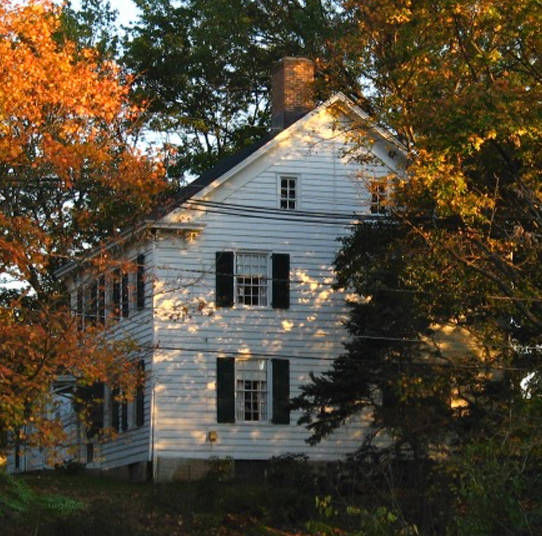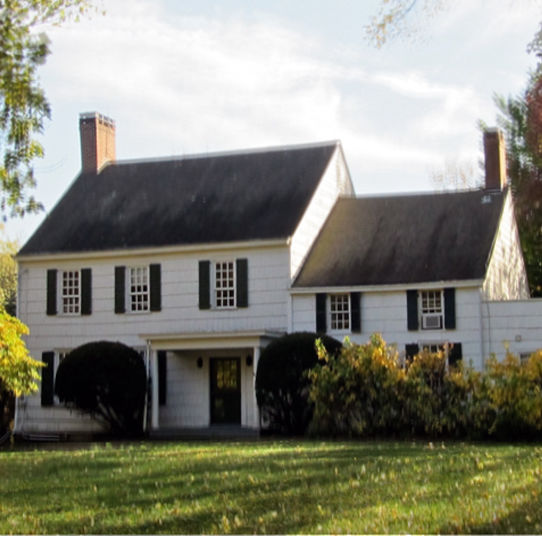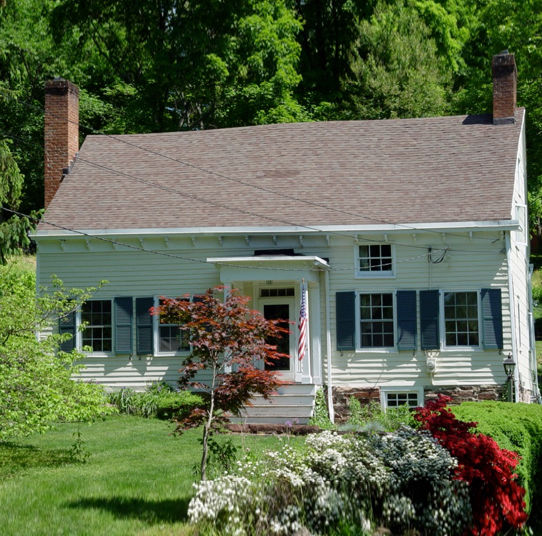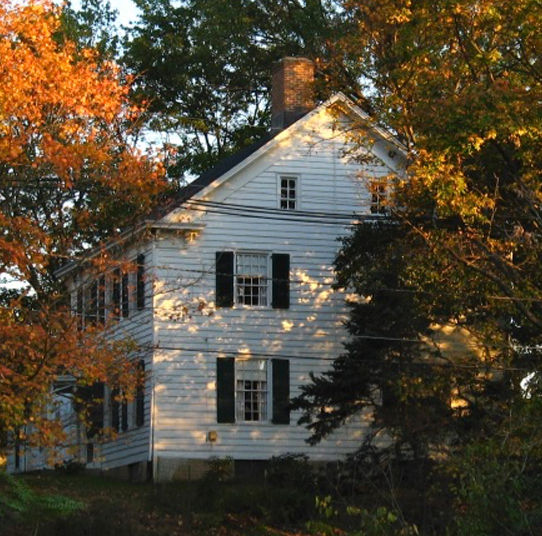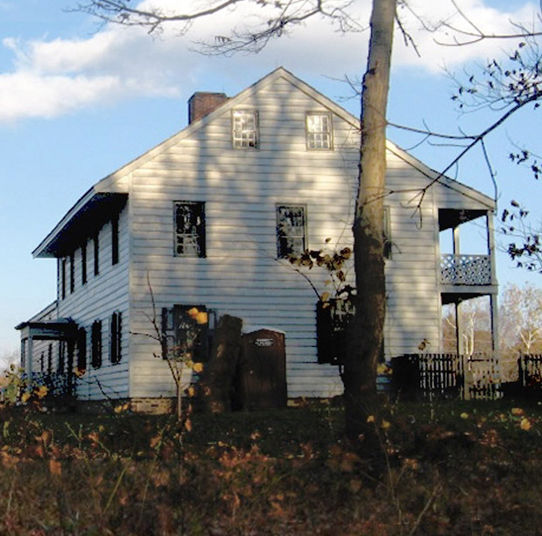The Washington-Rochambeau National Historic Trail
On the morning of August 30, 1781, several thousand French Troops awoke in a camp in Millstone Borough, then known as Somerset Courthouse, at the top of the Millstone Valley National Scenic Byway. For much of that next day, they marched through the Millstone Valley, converging on the byway in Rocky Hill with thousands of American troops. From there, they marched together to Yorktown, Virginia, where American independence was won with the surrender of the British on October 19.
The Byway represents 10 miles of this historic trail, known as the Washington-Rochambeau National Historic Trail within the National Park Service. This section was recently described as among “the most historically evocative” sections of the 700-mile route, in a new book, America’s National Historic Trails by Karen Berger.
At left: A map by the Frenchman Louis-Alexandre Berthier depicting the 1781 French troop encampment in Millstone. Berthier accompanied Jean-Baptiste Donatien de Vimeur, Comte de Rochambeau, during the 1781 Yorktown Campaign, and kept a detailed record of the experience. After the war he produced 111 maps recording the 680-mile overland march of the French army of some 5,750 men under Rochambeau, from Newport, Rhode Island, to Yorktown, Virginia, and the return march of the French Army from Virginia to Boston. Most of the maps are in the Louis-Alexandre Berthier Collection in the Princeton University Library, which has digitized the maps and put them online.
